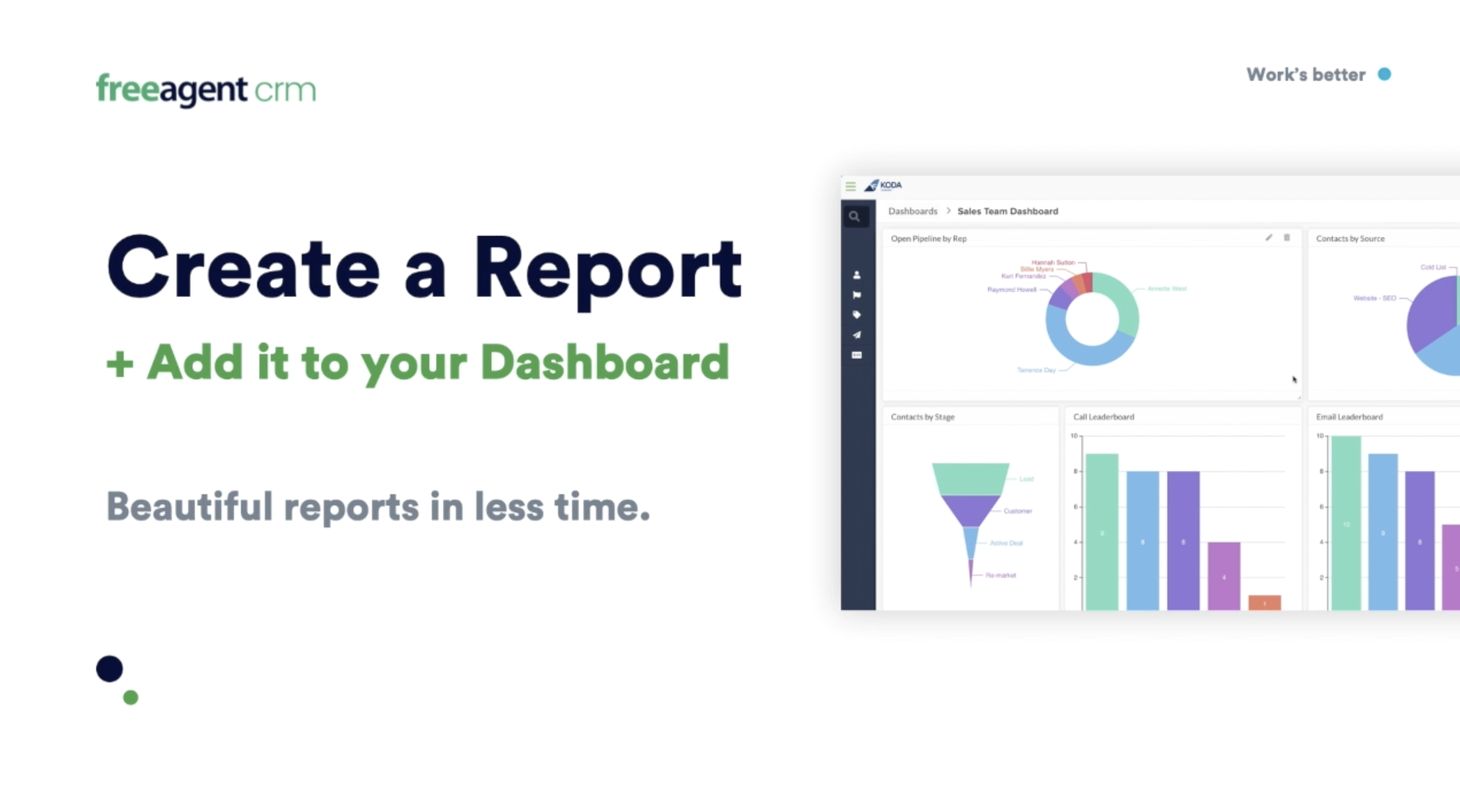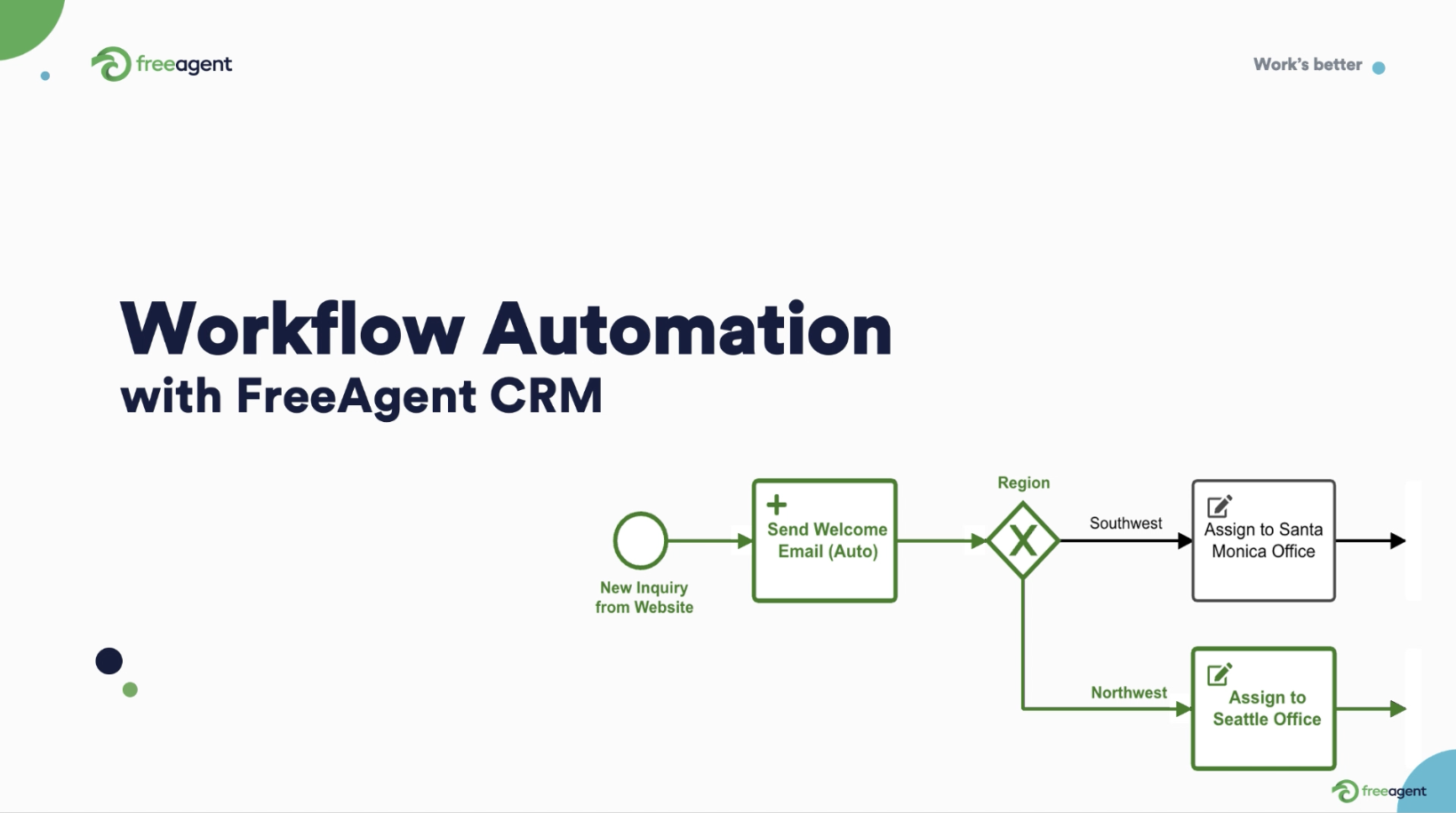Gathering and actioning customer feedback helps you deliver better products, customer support, marketing assets, and more.
Customer feedback can take many forms, from reviews on product sites to anonymous surveys sent with every purchase.
In this article, we’ll discuss different ways to collect, organize, analyze, and action customer feedback.
Finally, we’ll show you how a CRM can help you implement an effective feedback strategy.
Collect feedback
Common ways to collect feedback include:
- Social channels: Social media platforms like Twitter and LinkedIn let you run polls to gather feedback from your audience.
- Post-sales surveys: Email surveys, in-app rating prompts, and post-sale calls are all common ways to gather critical feedback after a sale, download, or first use.
- Aggregate sites: Websites like ProductHunt, Capterra, and G2 can provide a wealth of feedback from real customers, which acts as a source of customer stories for your product.
- Third-party consulting firms: Market research firms like Gartner and Forrester can help you gather feedback from hard-to-reach market segments.
How you collect your feedback determines its value and impact. For example, a post-sales survey might collect feedback on a specific aspect of the sales process or product, but it might not tell you anything about the effectiveness of your marketing or messaging.
Similarly, a social media poll can let you collect feedback on many topics, but you’ll only get answers from people who use that specific social media platform.
Occasionally, you’ll receive unsolicited feedback. Someone asking to speak to a manager is a common example of this.
Such feedback is valuable and should be taken seriously, but eliminate bias from the feedback before acting on it.
This is because unsolicited feedback is most often received after an excellent or terrible experience.
This may skew the feedback too far in one direction and cause you to overcorrect a rare issue or double down on a moonshot.
Collecting feedback from many sources gives you a more accurate view of your performance.
Organize feedback
With your feedback in hand, it’s time to organize it. While you could simply add up the number of 5-star, 4-star, and 3-star reviews, this would provide limited insight.
A better approach is to use qualitative analysis. This involves sorting the feedback into buckets to identify common themes and draw useful insights.
Start from a blank slate and look for similar phrases or specific mentions of products or services. Common themes include:
- Customer service
- Functionality
- Accessibility
- Usability
- Support
- Pricing
Once you’ve organized the feedback by theme, create tags to define them further. Tag topics and elements that are mentioned repeatedly. These could include:
- Employees or departments
- Features or services
- Common issues
- Product names
- Competitors
Note that individual pieces of feedback could have several tags applied to them. After going through this process a few times, you’ll see a number of themes and tags come up consistently.


Analyze feedback
After collecting and organizing your feedback, analyze it. The first step is to code the feedback. This means translating your customers’ words into clear and concise terms you can use to create an action plan.
Coding feedback is perhaps the most challenging and time-consuming part of feedback analysis. However, it lays the groundwork for actions you’ll take later.
Say you’ve identified a functionality issue (theme) with a specific product (tag). To code, this feedback, identify the specific functionality issue(s) and create an action plan for your product development team.
Action feedback
After collecting, organizing, and analyzing your feedback, take action next. First, prioritize issues affecting a high volume of customers or with the most significant impact.
Next, create an action plan to address these top issues. Creating an action plan requires team involvement and leadership support.
Your action plan should specify the who, what, when, where, and how of your solution. This could be:
- A training session for your support team: Such a plan would include the date and time of the training, content to be covered, materials needed, and required attendance.
- A product fix or patch: This could include details about the issue, assigned team member(s), allocated resources (time, budget, tools), and success metrics.
Lastly, communicate your action plan to your team and customers. This demonstrates your commitment to feedback and improvement and helps your team feel included.
Use a CRM to create a feedback strategy and boost growth
A CRM is perfectly suited to collecting, organizing, and analyzing feedback. It can also help you act on feedback and communicate action plans to customers and teams.
For example, you can use CRM automations and email templates to gather information as part of your post-sales process.
You could also integrate your CRM with a third-party survey tool and store the feedback where your team can access it.
Organizing and analyzing feedback is where a CRM truly shines. You can simplify these tasks with filters and search tools to find themes and tags.
Custom forms and fields help you sort feedback in limitless ways.
Actioning feedback requires collaboration, and a CRM can help you coordinate and communicate with your team.
Task management features and workflow engines create streamlined processes.
A feedback strategy imforms business success
A structured feedback strategy can greatly impact business growth. Identifying strengths and weaknesses lets you focus your training and development accordingly.
This saves you time and money and increases customer and employee retention.
More importantly, basing product decisions on customer feedback helps you evolve with your market, grow revenue, and pull ahead of the competition.
Try out FreeAgent CRM today to gather effective feedback faster and more effectively.







